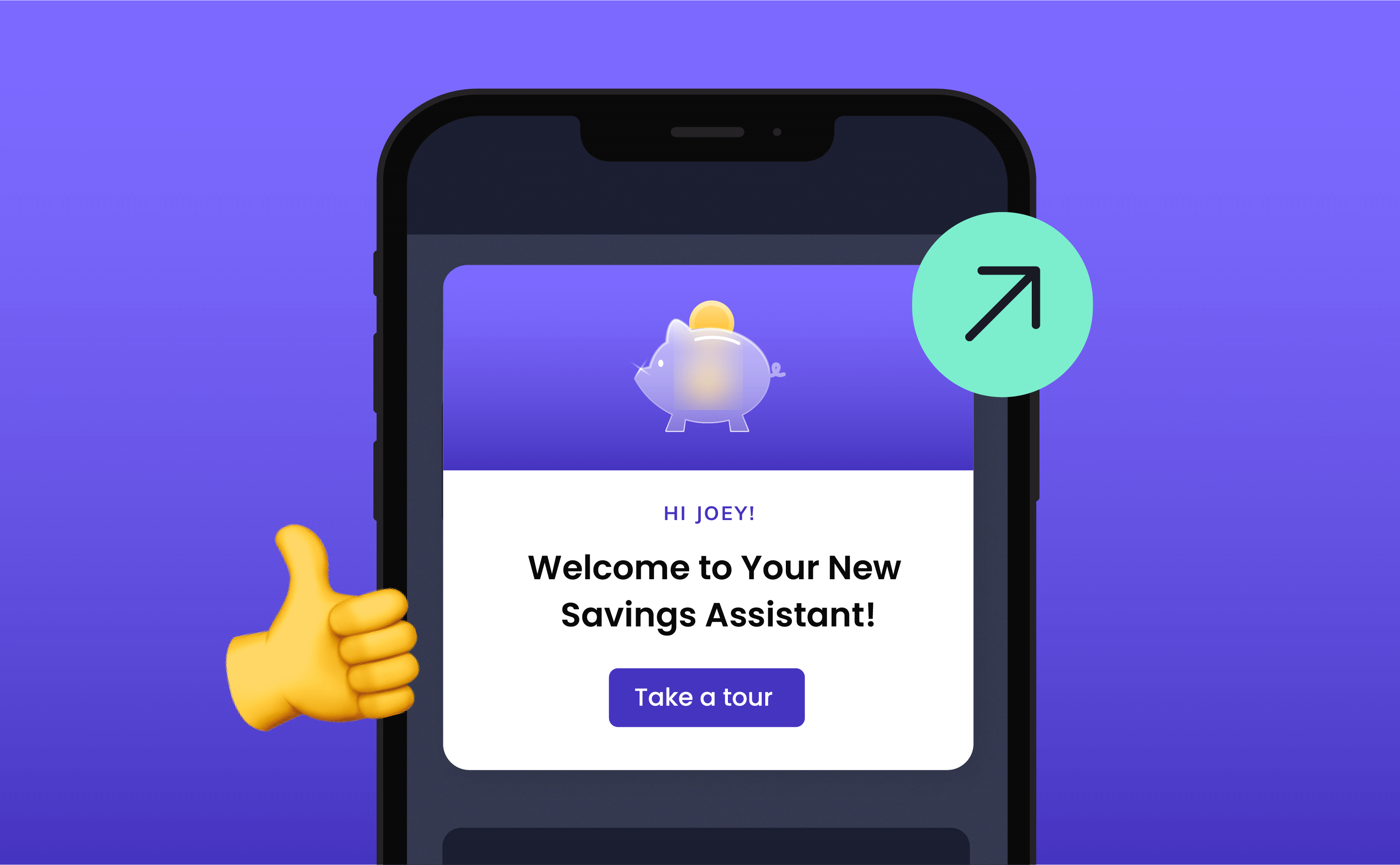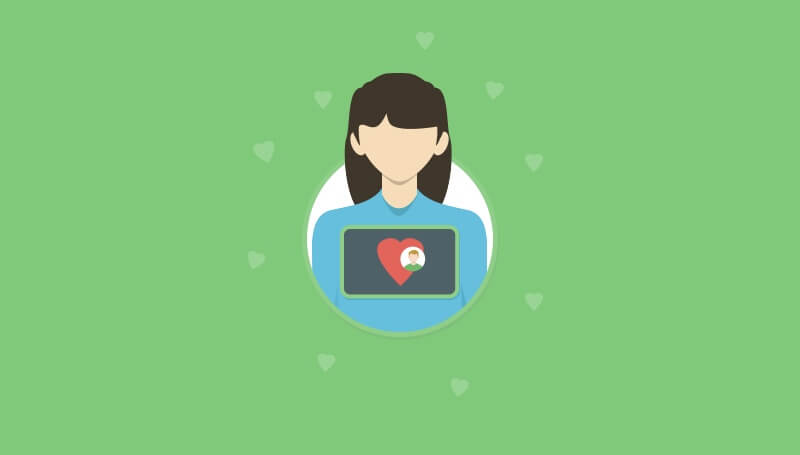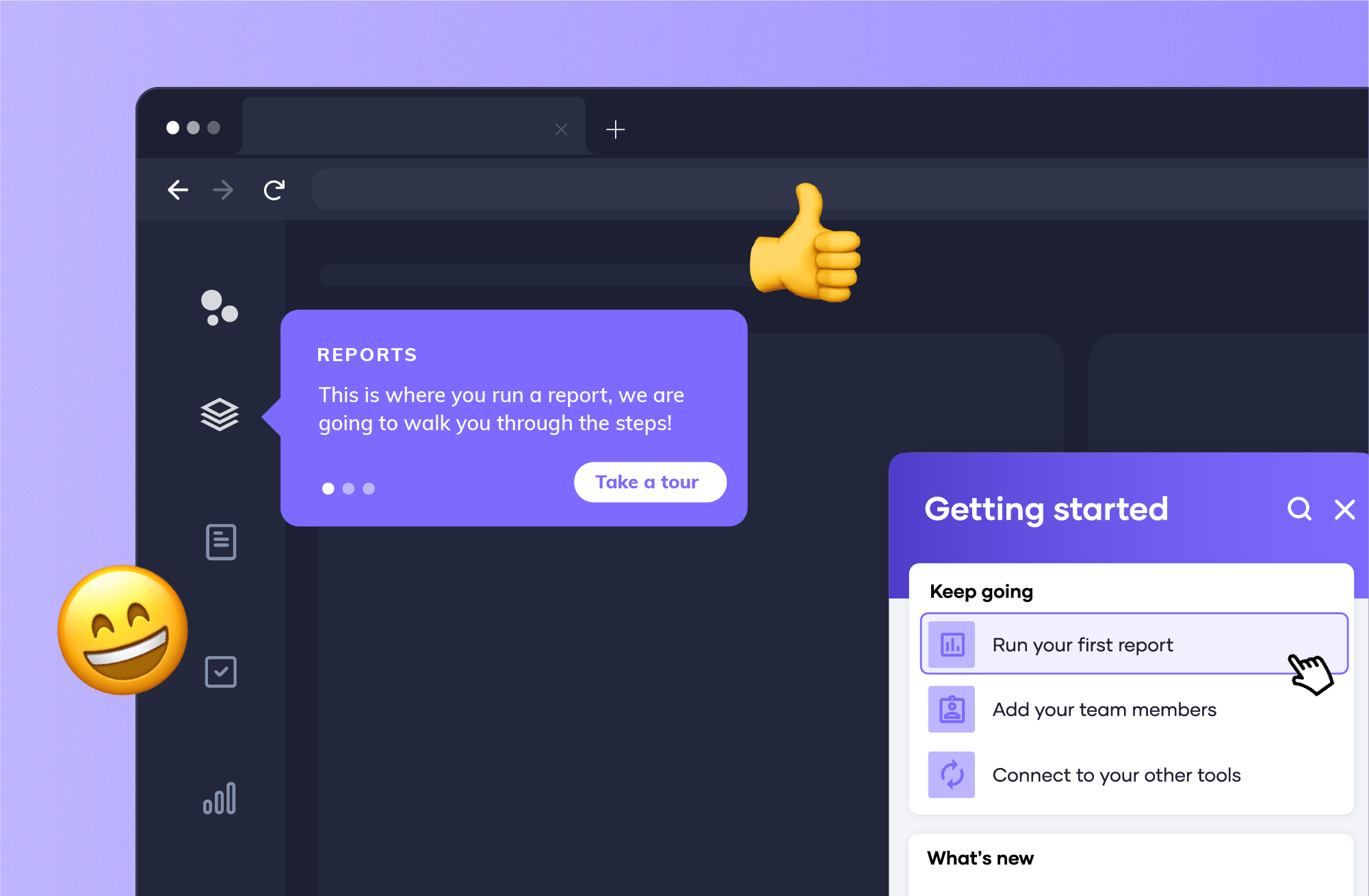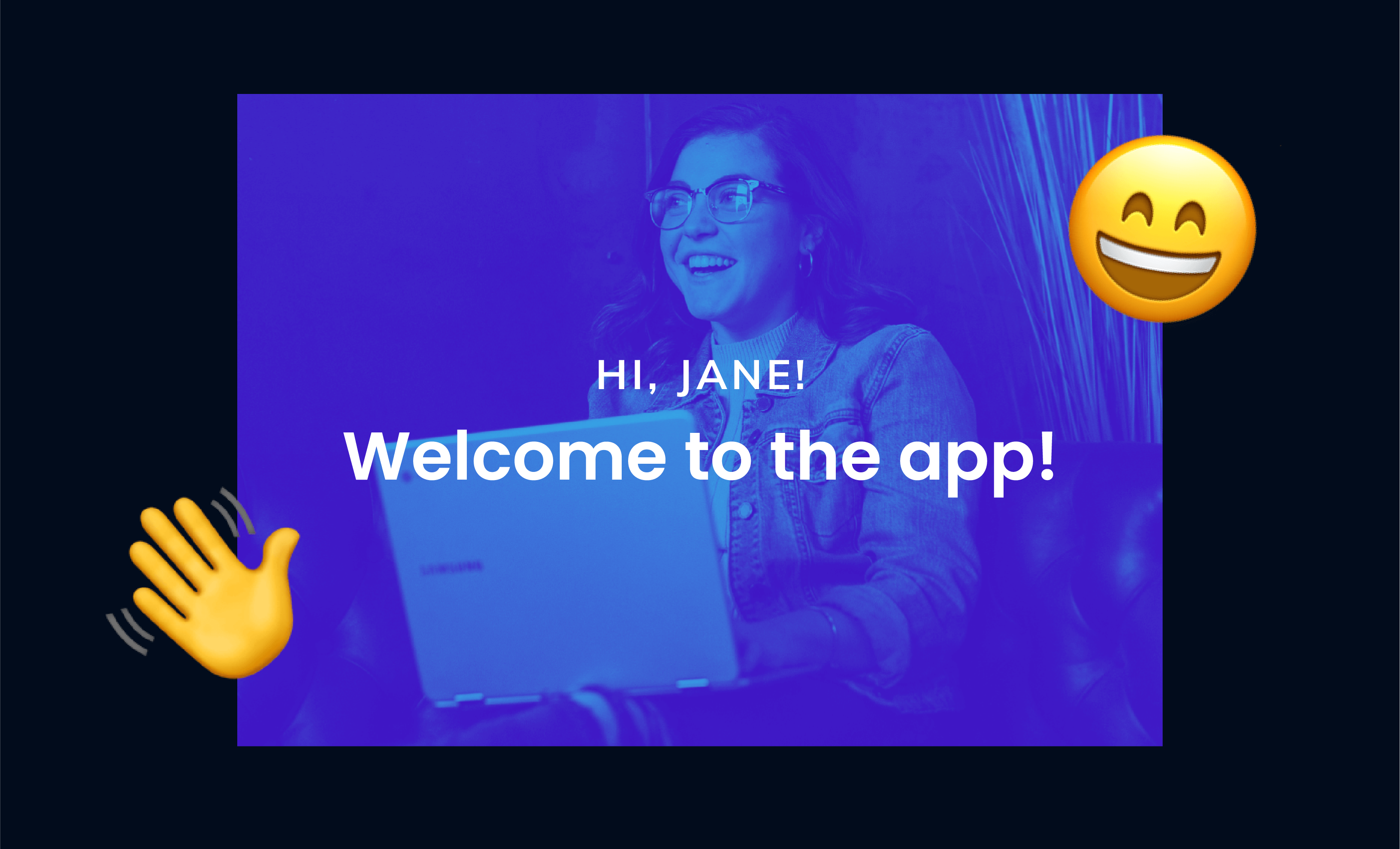UX Design
User experience (UX) is how someone feels when using a product. UX design focuses on creating meaningful, positive interactions—and goes beyond just usability or UI. Discover best practices, examples, and tools to improve wireframes, run user tests, and design engaging experiences.










